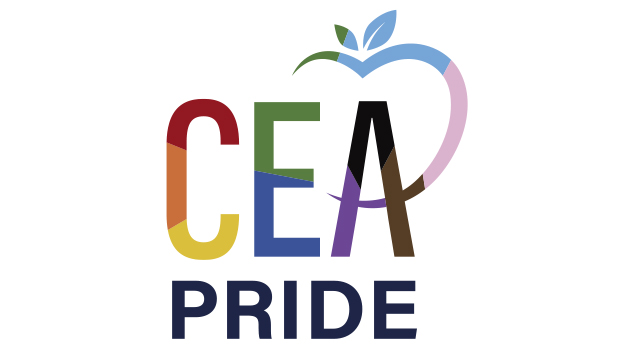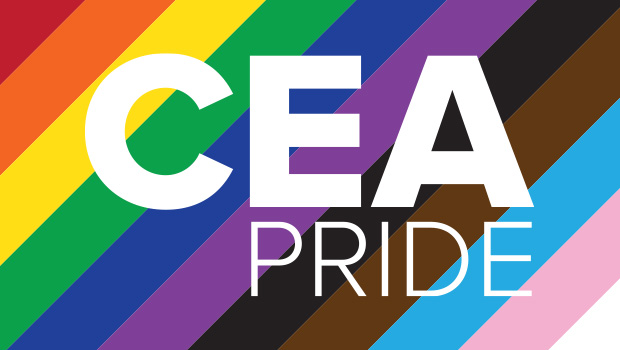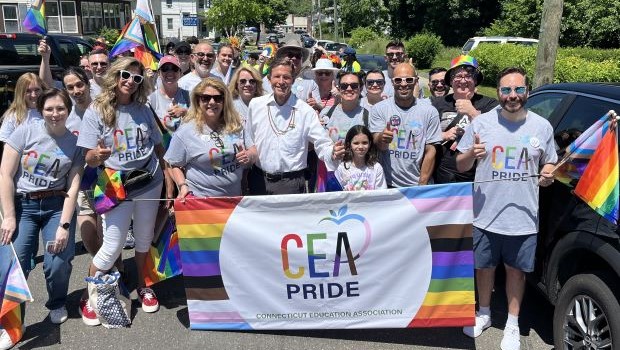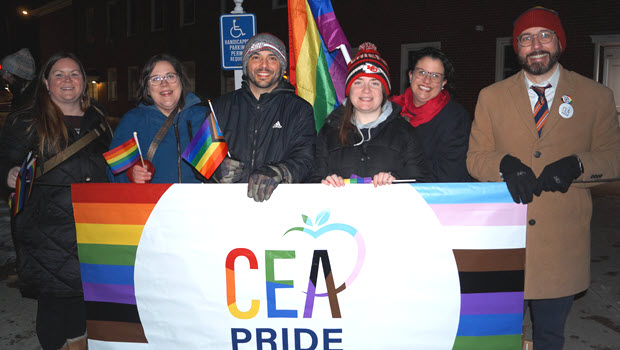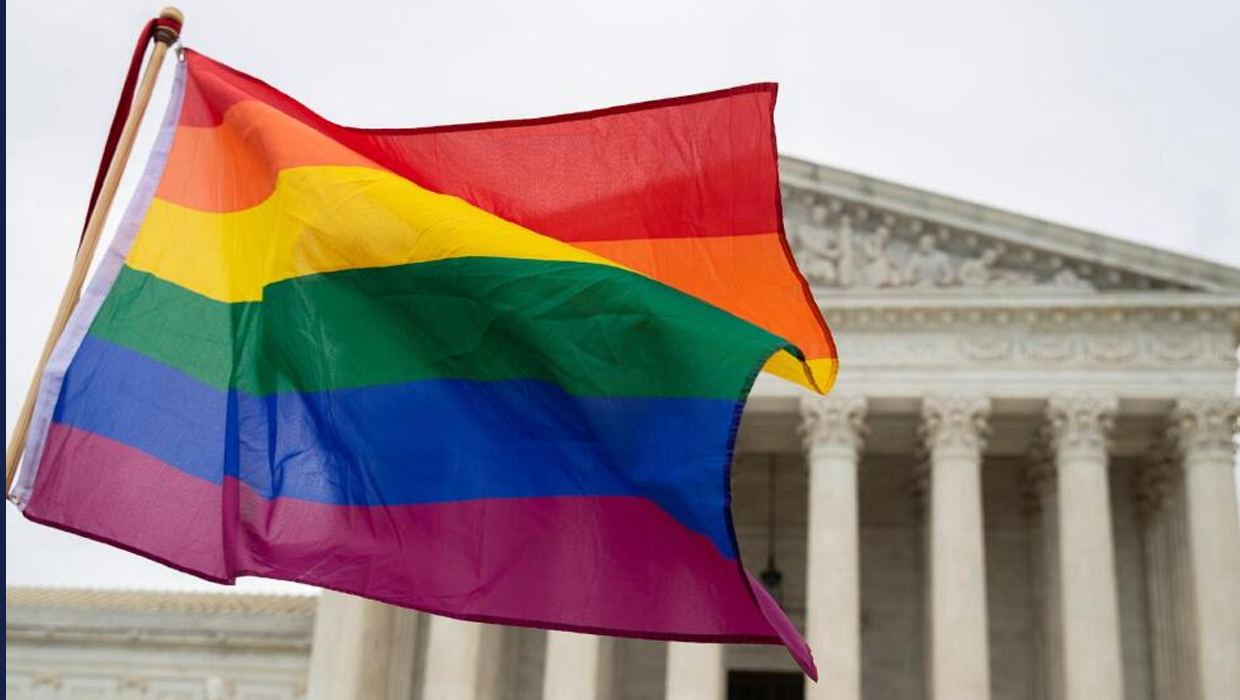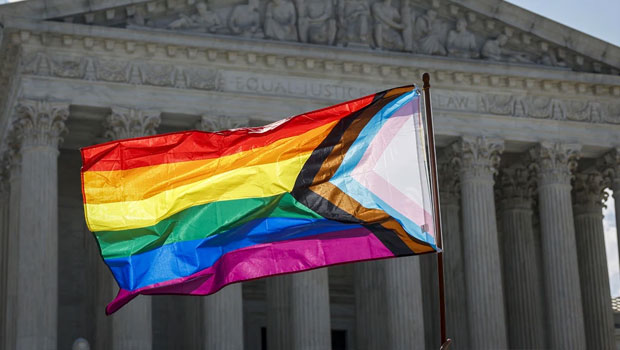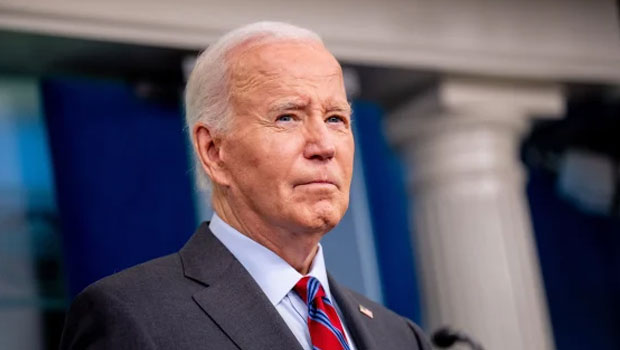Teacher Resources
Resources
I’ve heard there are executive orders affecting Title IX, what do I need to know?
The purpose of Title IX of the Educational Amendments of 1972 was to update Title VII of the Civil Rights Act of 1964, which banned several forms of discrimination in employment, but did not address or mention discrimination in education. It guarantees that: “No person in the United States shall, on the basis of sex, be excluded from participation in, be denied the benefits of, or be subjected to discrimination under any education program or activity receiving Federal financial assistance.” This definition has been subject to many different interpretations, which ultimately came to a head in 2020 when the US Supreme Court decided in the Bostock v Clayton County case that federal law prohibitions under Title VII against discrimination on the basis of sex necessarily prohibit discrimination on the basis of gender identity or sexual orientation. Because the Title IX language mirrored Title VII’s language, most Federal agencies and courts had also determined that Title IX, which prohibits sex discrimination in schools, also prohibits discrimination based on gender identity and sexual orientation. Title IX additionally prohibits discrimination in fringe benefits, selection and financial support for conferences, employer-sponsored activities and leave related to pregnancy and childbirth. The Biden administration followed suit after the Bostock decision to a provide definitive interpretation that Title IX prohibition on discrimination in schools on the basis of sex necessarily included LGBTQ+ individuals, thus expanding rights for many students across the nation. On January 9th, 2025, President Trump signed an executive order stating that it is the official policy of the United States that transgender individuals do not exist, and to reverse the Biden administration’s interpretation of Title IX, thus once again excluding LGBTQ+ students.
What does this mean for school staff in Connecticut?
There are many open questions that will likely only be resolved after exhaustive litigation. First, let’s look at what this could mean for staff. Title IX applies to employees as well as students and so changes in interpretation apply to both groups. However, employees are also protected by Title VII of the Civil Rights Act which outlaws discrimination against a job seeker or employee on the basis of race, color, religion, sex, including pregnancy, (and sexual orientation, and gender identity following the 2020 Bostock decision) or national origin. The interpretation that this law applies to LGTBQ+ individuals was decided by the US Supreme Court, and thus, is not subject to an interpretation by the Trump administration. In addition, since 1991, Connecticut has prohibited discrimination based on sexual orientation in public and private employment, housing, public accommodations, and credit. In July 2011, these laws were extended to protect transgender people when Governor Malloy signed Public Act 11- 55, An Act Concerning Discrimination, into law. The act, which went into effect on October 1, 2011, added “gender identity or expression” to Connecticut’s list of protected classes. Thus, the re-interpretation of Title IX will have less impact on staff. The big difference is it removes Title IX claims as a tool for relief, but Title VII remedies still remain as well as discrimination claims that can be brought on the State level through the CHRO. It would require an act of Congress to change such laws.
So if my rights as an employee are still in place, what else do I need to be concerned with for myself?
While it might be tempting to breathe a sigh of relief at various protections still in place for educators, there are several potential issues that could still arise. The Trump administration may not be able to change certain protections by executive order, but they can still apply pressure to states through threats to cut federal funding if they do not behave in certain ways. This sets up a legal showdown between the Federal Government and the States that is very difficult to determine the outcome. For example, let’s say the Trump administration were to withhold federal funding for any States whose schools acknowledge trans individuals. However, Connecticut state law currently requires schools to do so under C.G.S. 10-15(c), which prohibits any discrimination in public schools, and it explicitly states that trans students are a protected class. That would leave States with basically 3 potential options. 1. Decide to forgo Federal funding. 2. Repeal and/or amend C.G.S. 10-15(c). 3. Have a lawsuit regarding discrimination on the basis of “sex” as defined in Title IX reach the US Supreme Court to have them interpret the definition of “sex”, hopefully in the same way the US Supreme Court decided Title VII’s interpretation. (Such suits are already in progress, most notably from two trans students with standing in New Hampshire). It would be up to the Court to determine which standard would apply and whether the government’s stated compelling interest was important enough and narrowly tailored enough to restrict the rights of certain citizens.
What does this all mean for school students in Connecticut?
There is likely to be a difference between the short term and the long term. In the short term there is likely to be less of an impact. As noted above, the recent expansions of Title IX had little impact on Connecticut students as Connecticut already had in place many of these expanded protections in State law such as C.G.S 10-15(c). The biggest impact in the short term is that LGBTQ+ students would no longer be able to use Title IX as a remedy for discrimination, they would have to rely on private lawsuits or the CHRO. In the long term, the same showdown analysis as described above would apply to students, with the States having 3 basic options, 1. Decide to forgo Federal funding. 2. Repeal and/or amend C.G.S. 10-15(c). 3. A plaintiff in standing would have to sue the US Government and claim that such actions have an adverse impact upon a protected class of citizens that does not meet the standards set by the court. (Such suits are already in progress, most notably from two trans students with standing in New Hampshire). In addition, the Connecticut Interscholastic Athletic Conference (CIAC) official policy conforms to state law and currently requires the inclusion of trans students in school sports as they are a part of the educational process. This is another instance of State law and policy conflicting with Federal interpretations, and is set as another likely legal battle.
What about marriage equality? Could it be overturned? What would happen if it did?
As we have seen the US Supreme Court overturn Roe v. Wade, it is certainly possible they could also reverse the decision in the Obergefell case which required every State to recognize same-sex marriage. In such a scenario, recognition of same-sex marriage would return to the States. There are some additional protections currently in place such as the Respect For Marriage Act, however that specific act does not require each State to enable same-sex marriage, but rather that each State must recognize a same-sex marriage performed in another State. Therefore, should the Obergefell decision be overturned, there would ensue a chaotic legal landscape, but one in which each State would decide for themselves. So what does that mean for Connecticut?
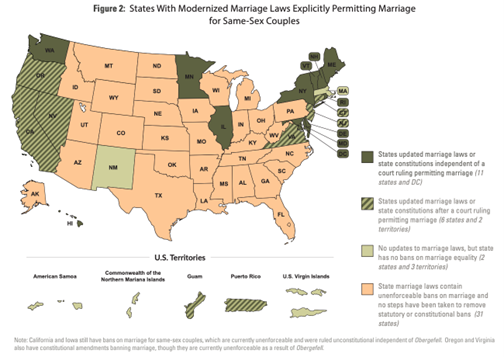
The map above represents the States that still have currently unenforceable laws on the books banning same-sex marriage, and those who have changes their State laws or Constitutions to include same-sex marriage. If you were married in a state with laws banning same-sex marriage still on the books, overturning Obergefell could potentially invalidate your marriage. However, if you were married in Connecticut (or practically everywhere in the Northeast), your marriage will still be recognized even if Obergefell were to be overturned. The current definition of marriage in Connecticut is a union between two persons.
What about family status for LGBTQ+ couples with children?
- While it is unlikely this would change for children who were adopted in Connecticut, there is potential for disruptions regarding legal adoption statuses. Many States have specific marriage requirements for adoptions, or specific provisions regarding a second parent status. This means that in several States, simply being married to your spouse does not confer parental rights, and a “confirmatory adoption” is required to confer parental rights to another person. This is not the case in Connecticut which allows
- single people and couples to adopt, regardless of their marital status,
- married couples to petition jointly,
- a married person to adopt the child of their spouse,
- unmarried couples to petition for second parent adoption.
- Thus, if you are a same-sex couple who has adopted your child in Connecticut, there is likely nothing else you need to do to protect your family status. However, if an adoption occurred in another State, now is the time to make certain both individuals have parental rights, most commonly through a confirmatory adoption.
- The same situation applies with regards to estate planning. Simply being married will most often not confer property rights in and of itself should one spouse predecease the other. It is imperative that you have thorough estate planning done with legally binding wills and trusts to ensure property rights to both spouses.
What about access to healthcare?
There are certain federal rules and policies that currently require the States to provide things like Mental Health Care, Gender Affirming Care, and HIV prevention medication, all of which have been targets of republican lawmakers. We may see some changes to this on a federal level, much more likely than on a State level in Connecticut. However, we should be aware of this when our locals negotiate contracts to include provisions that guarantee access and coverage of these things.
Will there still be pride flags allowed in schools?
This is controlled on a state and local level and likely to be unaffected by a Trump Administration, however, we may see local school districts attempt to ban pride flags with more frequency in reaction to actions taken at the Federal level such as threats to withdraw funding.
What should I be prioritizing right now to help students who may be struggling?
- Right now more than ever, students will benefit from visibility, to know they won’t be abandoned and have to hide themselves or go back in the closet for their own safety and there are many things you can do to help with this:
- “I’m Here” badges. CEA has distributed thousands of these across the State, we still have a small cache of them and they are available from the NEA LGBTQ+ caucus found at cea.org/pride. These badges let everyone know you are a safe person to talk to, no matter where you are in the school. I would suggest speaking with your local about campaigns to get all teachers in your district to wear them.
- Gender Sexuality Alliances are sometimes the only safe space a student has to be themselves, free of fear and judgment. If you need any help starting one in your school, www.cea.org/pride has extensive resources on how to start and maintain one.
- Model Board of Education Resolutions. CEA has helped several locals pass Board of Education resolutions and policies that respect and protect all LGBTQ+ individuals in schools. We have copies of model ones that can be modified to fit your needs on our site.
- Displaying a pride flag or safe space sticker in your classroom is a small act of visibility and solidarity that can matter to students, even if it’s done passively.
- rainbowlibrary.org The rainbow library program allows any educator in Connecticut to receive a free set of LGBTQ+ themed books for any grade level, for absolutely free. There’s no reason not to take advantage of such a program especially now.
How do I speak to students who are experiencing anxiety and fear in this environment?
- There are several resources with specific talking points and ways to help struggling students. The Nation Association of School Psychologists has great one sheet advisers including one specifically about Supporting LGBTQ+ Youth in Troubling Times. https://www.nasponline.org/lgbtqi2-s
- LGBTQ+ students already have marked increases in self-harm, depression, and suicidal ideation. The Trevor Project is available as a crisis intervention and suicide prevention resource that can and should be used for any student you think might be having these feelings: https://www.thetrevorproject.org/
Seminal Protections for LGBTQ+ employees
- The Bostock v. Clayton County (2020) case
- US Supreme Court case held that federal law prohibitions against discrimination on the basis of sex necessarily prohibit discrimination on the basis of gender identity or sexual orientation. Why is this so important?
- While State legislatures across the country are attempting to implement anti-LGBTQ+ laws, Federal law supersedes State law. There are several Federal gender anti-discrimination laws already in place.
- Public school employees are protected under Title VII of the Civil Rights Act which prohibits discrimination against employees based on numerous characteristics such as sex, gender identity and sexual orientation. This means an employer cannot consider an employee’s sexual orientation or gender identity when deciding who to hire, fire, promote, assign responsibilities, set salary, benefits, or any other significant aspect of employment. Employers also cannot harass employees based on their LGBTQ+ status or allow others to create a hostile work environment for LGBTQ+ employees.
- Following Bostock, most Federal agencies and courts have also determined that Title IX, which prohibits sex discrimination in schools, also prohibits discrimination based on gender identity and sexual orientation. Title IX additionally prohibits discrimination in fringe benefits, selection and financial support for conferences, employer-sponsored activities and leave related to pregnancy and childbirth.
Connecticut specific protections
- Connecticut specifically also provides protections for LGBTQ+ people in employment.
- Since 1991, Connecticut has prohibited discrimination based on sexual orientation in public and private employment, housing, public accommodations, and credit. In July 2011, these laws were extended to protect transgender people when Governor Malloy signed Public Act 11- 55, An Act Concerning Discrimination, into law. The act, which went into effect on October 1, 2011, added “gender identity or expression” to Connecticut’s list of protected classes.
What do these cases and protections mean for me?
- You have the right to be out at work. You have the right to be out and proud, when and how you choose. You also have the right to keep your gender identity and sexual orientation private. Your school cannot punish you for sharing that you’re LGBTQ+ —including with students or their families—in an appropriate way.
- You have the right to be open about your relationships and family. Your employer can’t treat you, your partner, or your family differently because you’re LGBTQ+, or from mentioning your family or relationships in an appropriate way or keeping family pictures at work.
- You have the right to live as your true gender. You have the right to dress, use school restrooms and changing rooms, and otherwise live according to your gender identity. If you’re nonbinary and there are only men’s and women’s facilities, you have the right to say which option is most appropriate for you.
- You have the right not to be misgendered or harassed. You have the right to be called by the name, pronouns, and titles that match who you are in every aspect of the school day, including gender-neutral pronouns (such as they) and title (such as Mx.). Your school is responsible for stopping harassment, including if coworkers intentionally and repeatedly misgender you.
LGBTQ+ News
Regional News
Fairfield
- Your list
Hartford
- Your list
Litchfield
- Your list
Middlesex
- Your list
New Haven
- Your list
New London
- Your list
Tolland
- Your list
Windham
- Your list





